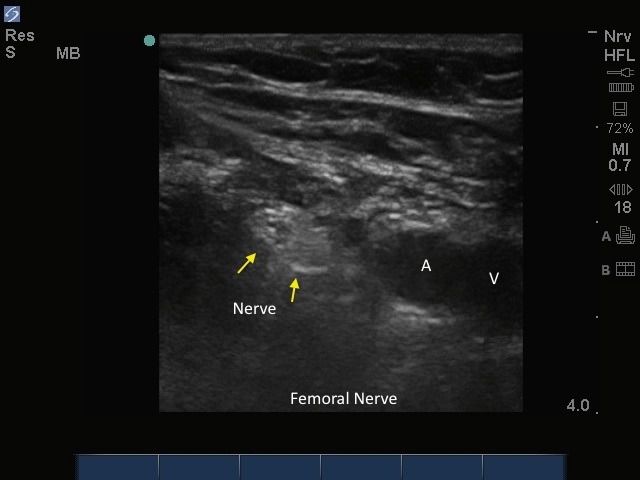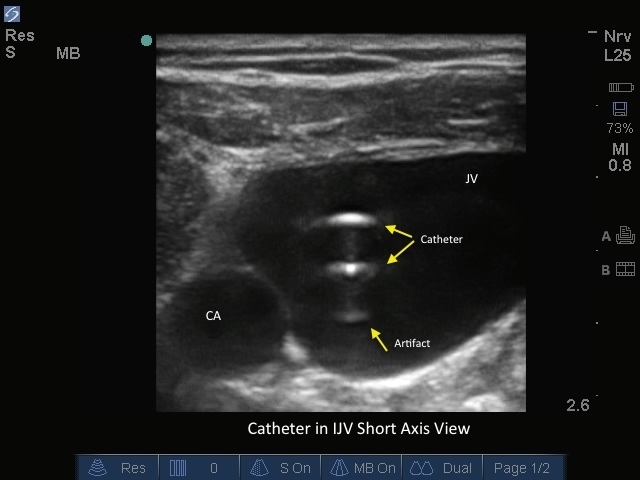M-Turbo: Femoral Nerve and Artery
M-Turbo: Femoral Nerve and Artery

/sites/default/files/201410_Image_M-Turbo_Femoral_Nerve_Artery.jpg
M-Turbo: Femoral Nerve and Artery.
Media Library Type
Media Library Tag
M-Turbo: Catheter in IJV Short Axis.
M-Turbo: Catheter in IJV Short Axis.

/sites/default/files/201410_Image_M-Turbo_Catheter_in_IJV_Short_Axis.jpg
M-Turbo: Catheter in IJV Short Axis.
Clinical Specialties
Media Library Type
Media Library Tag

